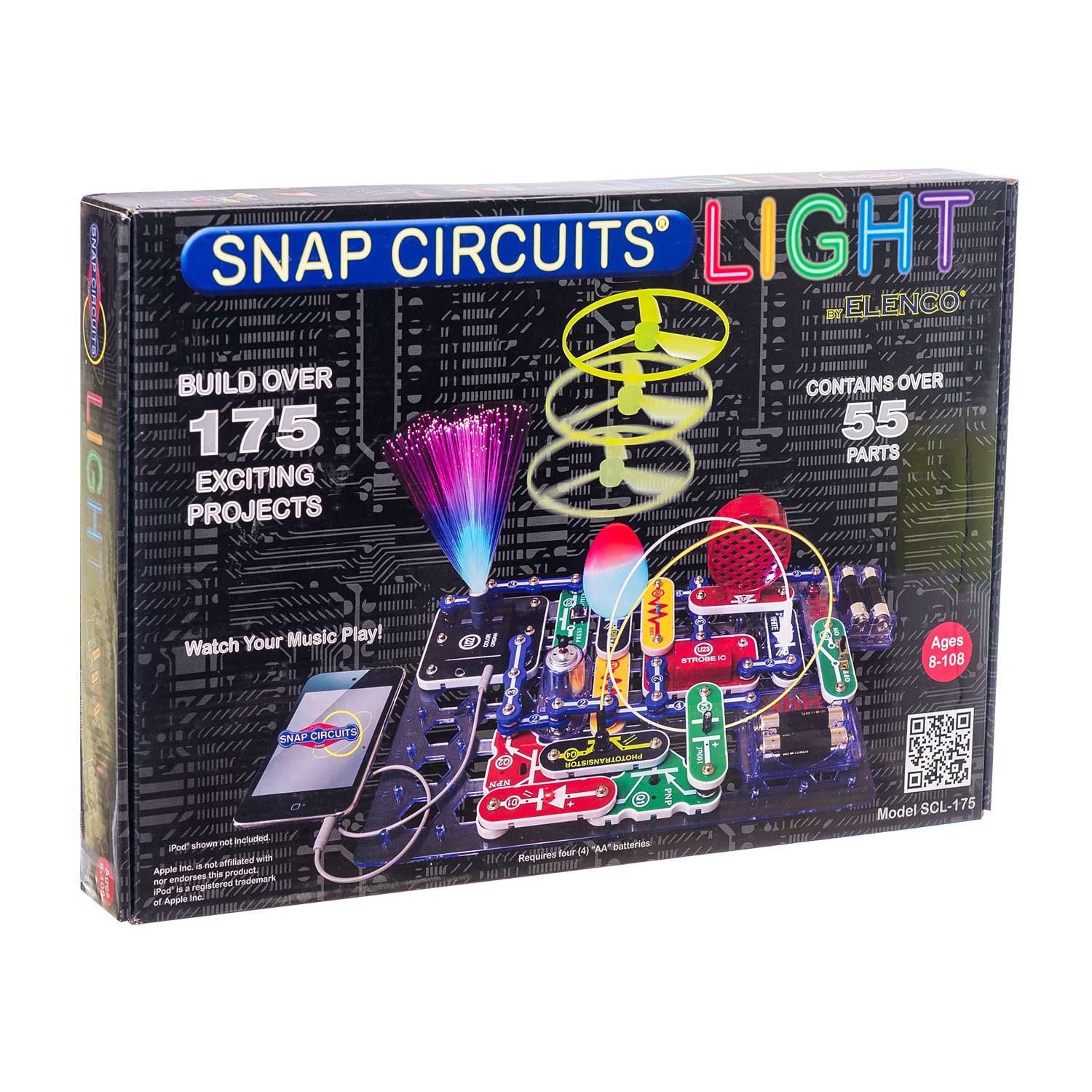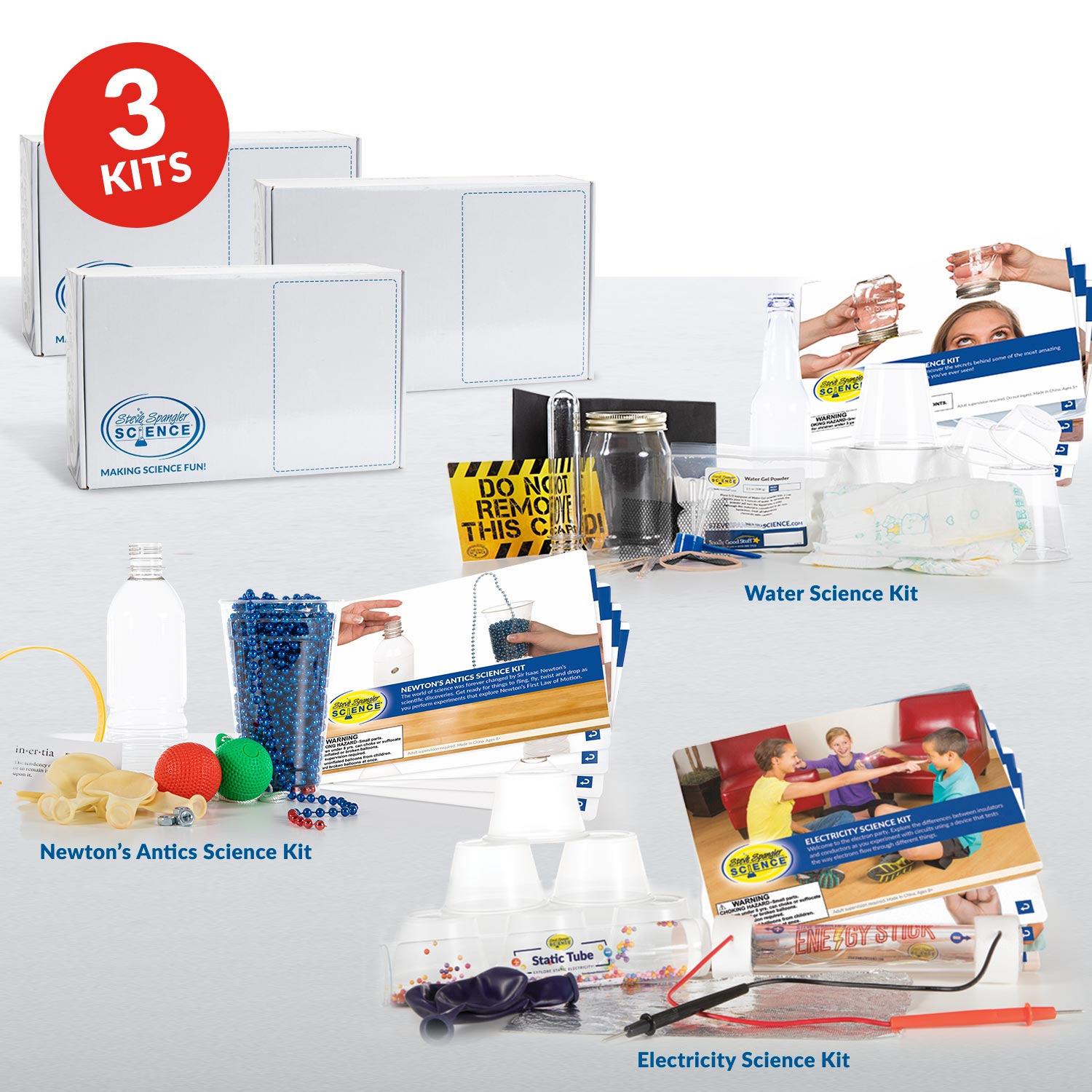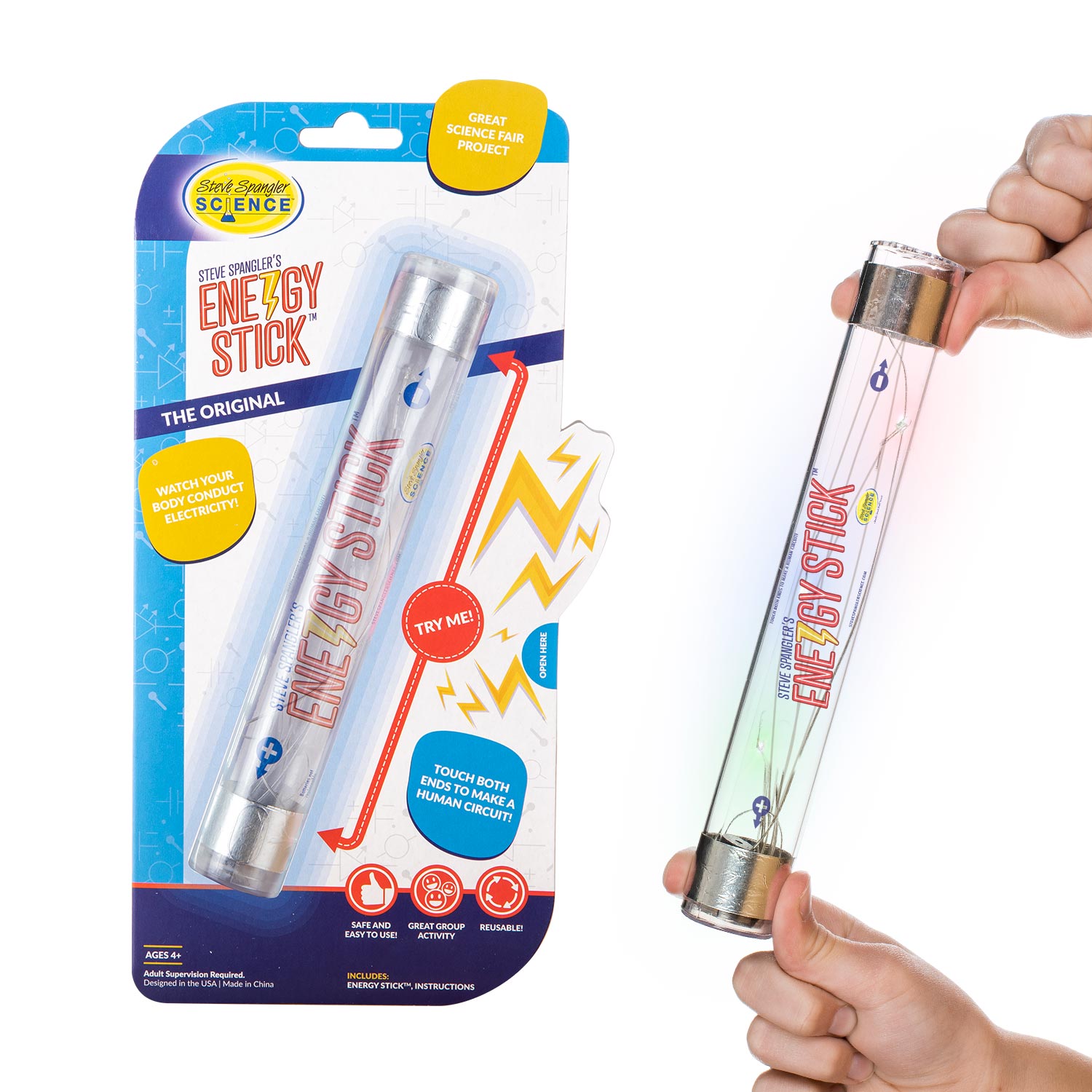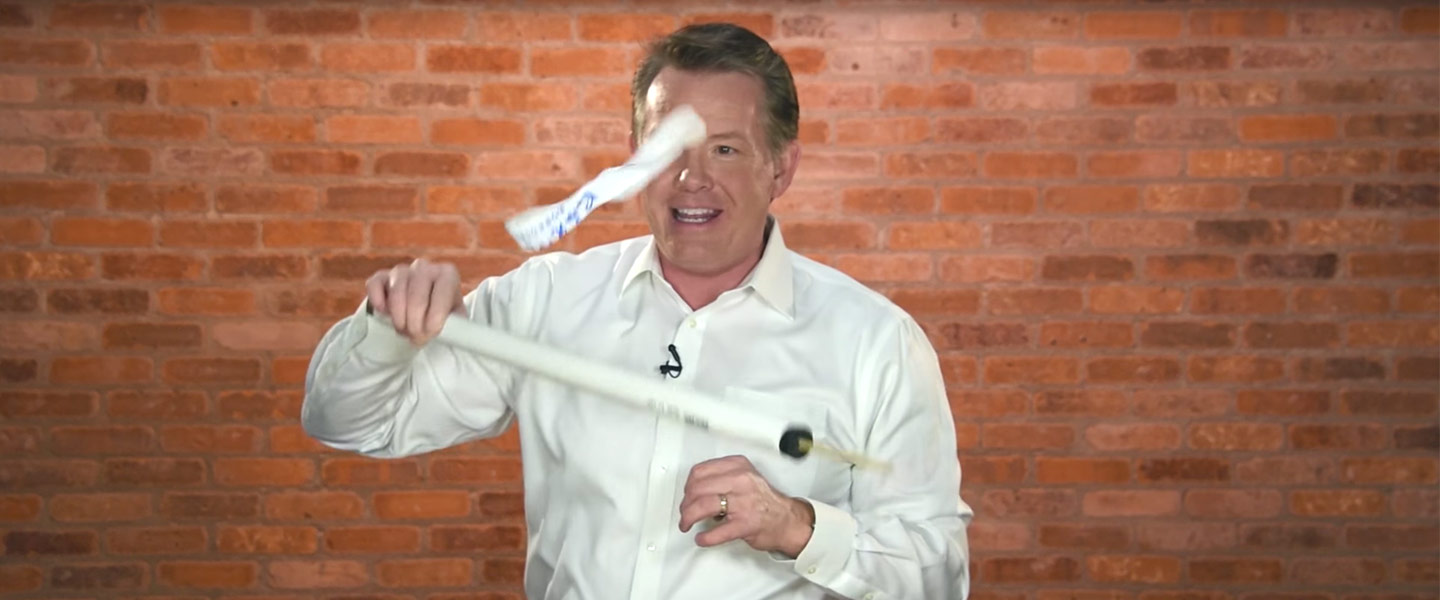
Floating Static Bands – Static Electricity Experiment
Floating Static Bands Science Experiment
Floating Static Bands
With a little static electricity and some practice, you can make everyday objects float in midair. It sounds like magic, but it’s actually science.
If you’re curious about electricity, you’re in good company. By doing static electricity experiments at home, you’re following in the tradition of scientists like Benjamin Franklin, James Watt, Thomas Edison and Nikola Tesla. The folks behind LEDs, button batteries and neodymium magnets began with a simple curiosity about electricity. By learning about electricity, you’re headed for amazing discoveries involving stationary and moving electrons.
Experiment Materials
- Lightweight, plastic grocery bag
- PVC pipe, 1" (25 mm) diameter, 3' (1 m) long
- A piece of fur or wool cloth
- Pencil (or dowel), Tape, Scissors
- Other items as needed (See the "Take It Further" section.)
- Adult supervision
Experiment Videos
Experiment
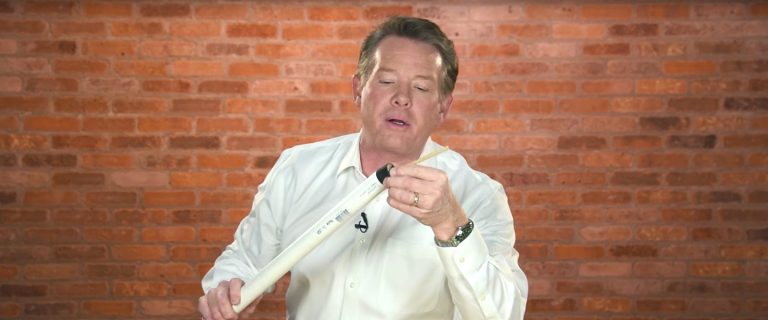
1
Secure the wooden dowel or pencil to the rubber stopper. Insert the rubber stopper into one end of the PVC pipe. The pencil or dowel should extend beyond the pipe by about 5 inches (127 millimeters).
NOTE: It’s important to keep the pipe and the dowel electrically separate. Inserting a 1-inch stopper into the end of the pipe to hold the dowel is ideal, but securely taping the dowel to the end of the pipe should be fine, too.
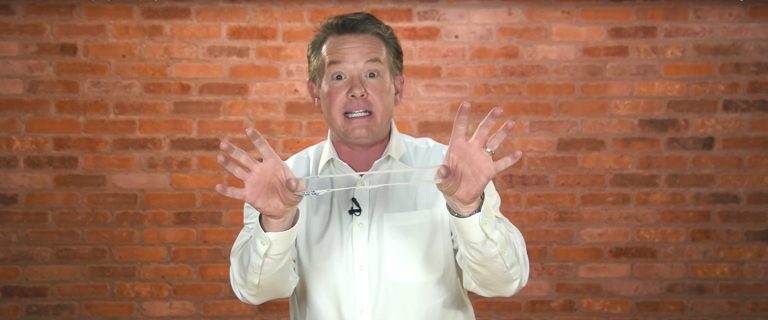
2
Cut the handles off of the bag. Next, cut a ring of plastic around the opening of the bag that’s about 1 inch (25 millimeters) wide. You need a lightweight, continuous band for this activity.
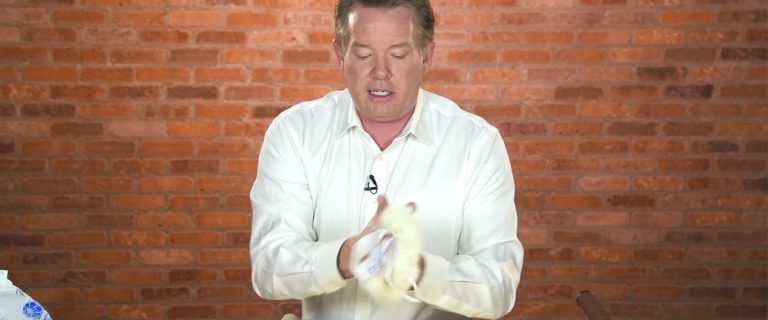
3
Place the band in the fur and rub the fur vigorously all over the band to build up a static charge. You may hear crackling as the charge builds. Place the charged band on the table.
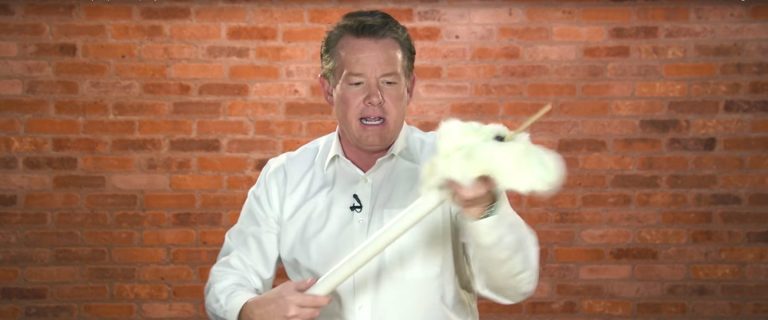
4
Snugly hold the same fur against the PVC pipe and vigorously rub the fur along the pipe’s length to build up a matching static charge. You may hear crackling again.
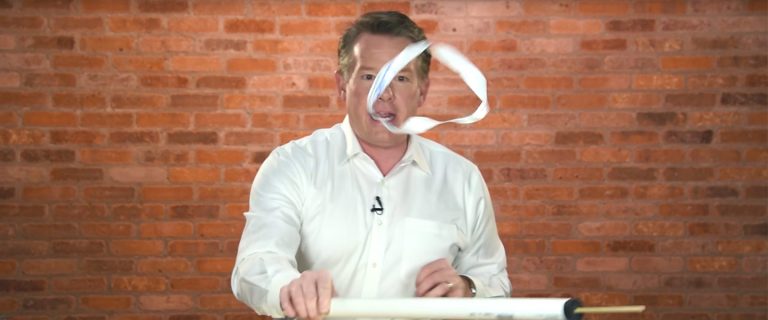
5
Hold the pipe by its non-pencil end and use the tip of the pencil to lift the band of plastic bag off of the table. With a gentle flick, toss the band straight up into the air. Then, immediately position the pipe below the band at the height of the band’s rise, which will cause the band to mysteriously float in the air. You can even walk around the room and the band will stay suspended above your new magic wand.
6
This step is a little tricky and may take some practice, but don’t give up — you’ll be amazed by what happens.
How Does It Work
The word static means stationary or unchanging, so static electricity is an electrical charge that’s not moving. Instead, it builds in one place, like on the surface of the band or on the PVC pipe. You can’t see static electricity, but you can see how it affects the objects that hold it or come near it.
Static electricity is governed by charges on particles: they’re either positive protons or negative electrons. Similar charges, like two positives or two negatives, repel or push away from each other. Opposite charges, a positive and a negative, attract or pull toward each other. Rubbing the fur or piece of wool against the band and PVC pipe transfers a negative charge to both objects. Because similar charges repel each other, the band floats above the pipe.
Take It Further
- What happens if you rub a balloon on your hair? Before you do this next activity, make sure your hair has been washed and is completely dry. It helps if there’s low humidity, too.
Blow up a 10-inch (25-centimeter) balloon and tie it off. In front of a mirror, rub one side of the balloon briskly and firmly all over your clean, dry hair several times. The charge piles up on the side of the balloon near your hair, so when you pull the balloon away from your head, you’re in for a hair-raising result. When you rub a balloon on dry hair, the balloon picks up electrons, making it negatively charged and leaving the hair positively charged. Since the hairs have the same charge, they want to get away from each other, so hair strands spread out. Because opposite charges attract, the strands cling to the side of the balloon.
Sometimes, you can even press the charged balloon onto the wall and the attractive charge of the wall will be enough to hold the balloon in place. While the balloon is on the wall, try using a clean, dry comb in your hair instead of a balloon and see if you can generate a charge. If you hear popping and snaps, you did it. From what you now know about static charges, you can likely explain what’s happening.
You can also do other fun tricks with a charged balloon. Charge a balloon on your hair and hold it close to a Ping-Pong® ball placed on a table. The ball will start to move toward the balloon. Keep the balloon ahead of the ball and pull the ball over the tabletop using only attractive electrical charges. The ball appears to be moving on its own, but you know it’s actually responding to the negatively charged balloon. You can try the same experiment with soap bubbles.
This next experiment may be hard, but it’s worth the effort. Rinse a 1-liter bottle and its cap and let both dry completely. Fill the bottle with a quarter cup of Styrofoam beads that are 1/8 inch (3 millimeters) in diameter and seal the bottle with a cap. The beads will resist, so this step will require patience. When more than a few beads have made it in, cap the bottle. Rub the bottle on your head or on a wool sweater and observe the effects of static electricity on the beads. Run your hand over the plastic bottle and build up a static charge. Watch the static beads inside jump from side to side, repelled by your finger.
Set the bottle upside down on a table and bring a finger close to, but not touching, the bottle. How do the beads react to your finger, even though you’re not touching them? The beads have different charges, so some are repelled by your finger, while others are attracted to it. The beads that cling to the plastic have the opposite charge, which is why they stick.
What about tiny pieces of paper confetti? Use scissors to make some and then bring a charged balloon near them. The paper isn’t charged, so you might expect nothing to happen, but you’ll discover that the paper is attracted to the balloon. The negative charge on the balloon repels the electrons in molecules of the paper, so they’ll move away from the balloon’s charge, which enhances the positive charge in the paper. With distance, electrical forces decrease in strength, making the attraction between opposite charges stronger than the repulsion between similar charges. This leads to an overall attraction, so the paper is said to have an induced charge. This is the same force that allows a charged balloon to stick to a wall and attract other uncharged objects.
Science Fair Connection
The Floating Static Band is a pretty cool activity, but it’s not a complete science fair project. For a science fair project, you’ll need to identify and test variables. A variable is something that might change the outcome of an event. Consider some of the variable options you might test:
•You know what happens when you rub fur or wool on the PVC pipe. How does a different material change the results? Test cotton, silk, polyester and even a stuffed animal to see what else can charge the PVC pipe.
•Try different materials for the floating object. Instead of using a band of plastic, try thin packing foam, paper, aluminum foil, plastic wrap, a sticky note, poster board, newspaper and other items around the home.
•You’ve seen what happens to beads in a plastic bottle when they are exposed to a static charge, but what if they’re in a glass bottle instead? What happens when you rub the glass bottle on your hair or on a wool sweater? Which bottle transferred the charge better?
These are just a few ideas, but you should feel free to come up with your own variables to test. Just remember that you should change only one variable at a time, while keeping all the other factors the same. Otherwise, your results may not be reliable.
Special Thanks
This activity was developed by Steve’s good friend and fellow science teacher, Bruce Yeany. He uses it to teach electrostatic propulsion and the repulsion of like charge to his very lucky students.





